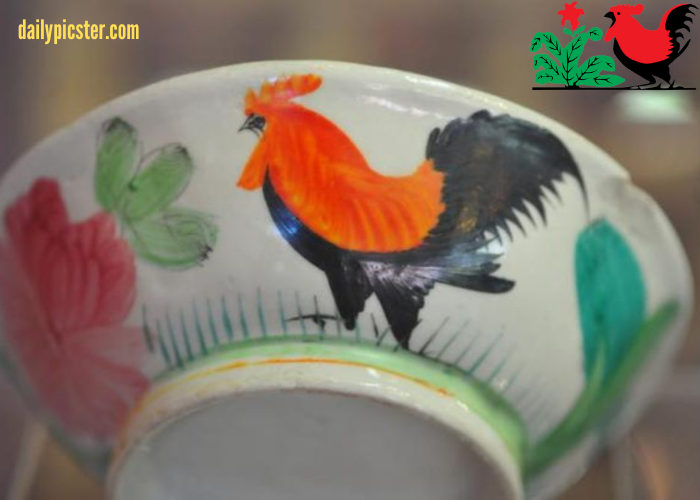When it comes to the world of culinary wonders, every culture has its own set of delightful, mouthwatering dishes that stand out as iconic representations of their culinary heritage. In Indonesia, a nation renowned for its rich and diverse culinary traditions, one such dish that has captured the hearts and palates of many is Mangkuk Ayam Jago. In this SEO friendly article, we will delve deep into the world of Mangkuk Ayam Jago, exploring its origins, ingredients, preparation, and the sheer gastronomic pleasure it brings to those fortunate enough to savor it.
Origins of Mangkuk Ayam Jago
Mangkuk Ayam Jago, literally translating to Cock’s Bowl, is a dish that hails from the heart of Indonesian cuisine. It has its roots deeply embedded in the vibrant culture and traditions of the Indonesian archipelago. The dish has been passed down through generations, evolving and adapting to the tastes of each region it has touched.
The Ingredients that Define Mangkuk Ayam Jago
The essence of any culinary masterpiece lies in the quality and harmony of its ingredients. Mangkuk Ayam Jago is no exception. This delectable dish features a combination of ingredients that come together to create a symphony of flavors. Let’s explore the key components that make Mangkuk Ayam Jago a culinary marvel.
Preparing Mangkuk Ayam Jago (A Labor of Love)
The preparation of Mangkuk Ayam Jago is a meticulous process that requires skill and dedication. From selecting the freshest ingredients to cooking them to perfection, every step in the preparation of this dish is crucial to achieving its signature taste and texture.
Regional Variations of Mangkuk Ayam Jago
Just as Indonesia is known for its diverse culture and traditions, it also boasts a wide range of regional variations of Mangkuk Ayam Jago. From Sumatra to Java, Bali to Sulawesi, each region adds its own unique twist to this beloved dish.
The Taste of Mangkuk Ayam Jago (A Flavor Explosion)
The moment of truth arrives when you take your first bite of Mangkuk Ayam Jago. The flavors burst forth, taking your taste buds on a culinary journey like no other. The combination of savory, sweet, spicy, and tangy notes creates a harmonious blend that is simply irresistible.
Mangkuk Ayam Jago (A Culinary Tradition)
Beyond its incredible taste, Mangkuk Ayam Jago holds a special place in Indonesian culture. It is often prepared and served during significant cultural and religious celebrations, bringing families and communities together.
The Global Appeal of Mangkuk Ayam Jago
In recent years, the world has begun to take notice of the culinary treasure that is Mangkuk Ayam Jago. Indonesian restaurants around the globe have introduced this dish to international audiences, garnering acclaim and creating a demand for the flavors of Indonesia.
Mangkuk Ayam Jago (A Dish Worth the Journey)
For those who have had the privilege of tasting Mangkuk Ayam Jago, it is an experience that lingers in memory and beckons them back for more. Travelers to Indonesia often seek out this dish as a highlight of their culinary adventures.
Preparing Mangkuk Ayam Jago at Home
While enjoying Mangkuk Ayam Jago at a restaurant is an unforgettable experience, adventurous home cooks can also attempt to recreate this masterpiece in their own kitchens. We will provide a simplified recipe for those eager to try their hand at making this Indonesian classic.
The Future of Mangkuk Ayam Jago
As Indonesian cuisine continues to gain recognition on the global stage, the future of Mangkuk Ayam Jago looks promising. It is likely to become a staple in international food scenes, further cementing its status as a culinary marvel.
Conclusion
Mangkuk Ayam Jago is more than just a dish, it is a testament to the rich tapestry of Indonesian culture and culinary traditions. Its flavors, history, and cultural significance make it a truly unique and SEO friendly topic to explore. As you embark on your culinary journey, remember that Mangkuk Ayam Jago is not just food; it’s an experience waiting to be savored.



